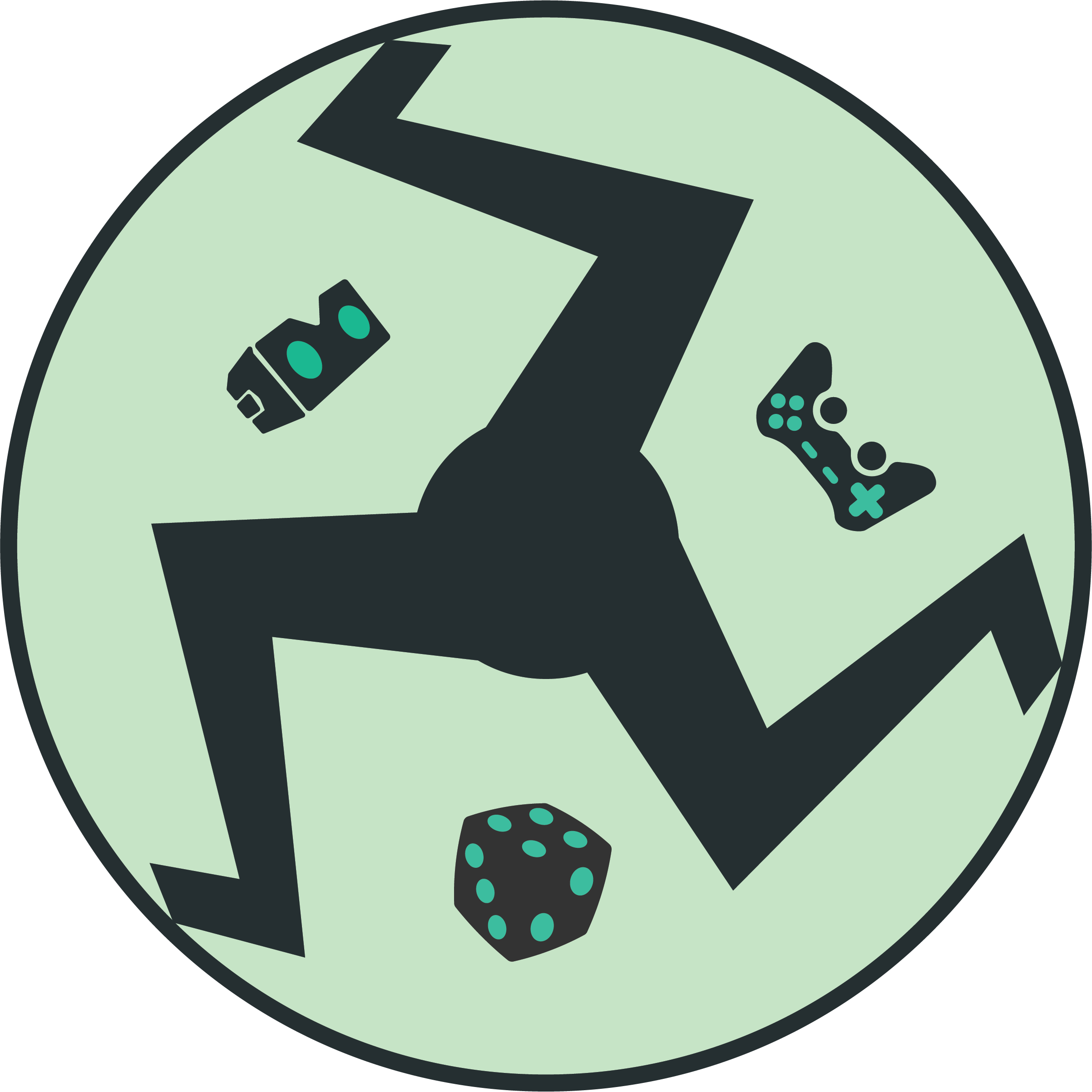Final project: Put The Past at Play!
How do we make play out of the past? How do games tell stories about times gone by through their mechanics, dynamics, and aesthetics? How can playing games about the past help us to make sense of the present? These are the questions you will engage with in your final playful project.
What?
You will make a (1) game or playful activity based on something related to the past and (2) write an academic reflection on the thing you created.
You can choose to:
- make a Twine game.
- If you choose this option, try and expand your skillset beyond what you did for this course already. For example, if this is fitting, add macros, variables, layouting, images, or sounds to your game.
- A tabletop game.
- If you choose this option and are able to travel to Lipsius, we have 5 Atlas White Boxes to lend.
- Of course, you can also make your tabletop game with your own materials.
- You can also create and share your boardgame digitally, using tabletop simulator (part of the course’s Steam account). It’s relatively easy, here’s a short how-to.
- A heritage playground activity, i.e. a playful activity that you can play in or around a piece of heritage close to you.
- If you choose this activity, there is no need to use an officially recognized heritage site (it can also be something that is unofficial heritage or a place of importance to you personally or by bringing heritage into an actual playground). If you decide to create a playground out of an officially recognized heritage site or any other public spaces, make sure you stay within all local, legal perimeters and make sure you are respectful of those who use or are otherwise stakeholders in that site. If you have doubts if something is suitable or not, please discuss this with us.
- To show us what this playground activity is, make a video of the play in progress and provide us with a design document that makes clear what the point and general guidelines for this play activity are.
- Something of your own choice, with creative and reflective aspects and time spent similar to the examples provided here. If you take this option, please contact us via Microsoft Teams with your plan.
The academic reflection will be maximally 1500 words and will delve into the theory, context, design process, and self-evaluation of the plaything you made. Make sure to reference other texts or resources where you made use of them.
Who?
In principle, this is a single person project (if you have a good reason to team up, pitch it to us), but we will use a critical buddy system by which we will divide you up into groups of 3. Your group can be your point of contact for feedback on your game and playtesting, secondly the others in your group will also be your peer graders.
When?
- Make sure you have a concept ready to talk about for Class 7. We will ask you to submit a pitch via the discussion board the Sunday morning before class. We would also like to talk to some of you live on Twitch about the games you will be designing.
- Deadline to hand in this project is April 12, close of day (23:59; used to be April 5).
- If possible, we would like to organize a Come and Play Session in which all of your projects are on display. Ideally this will take place in person, so we may shift this to the fall semester of 2021. If this is not feasible, we will organize an online play session. The results of this or participation will not impact your grade.
How?
Please hand-in all the materials associated with your project via Brightspace. If your project consists of multiple files, please make sure they are all there by uploading them as one zipped folder. Make sure that the file name of your final project starts with your student number and that your reflection includes your full name and student number.
More questions?
Don’t hesitate to contact us via Microsoft Teams or ask us at the start of our online meeting on Mondays.


